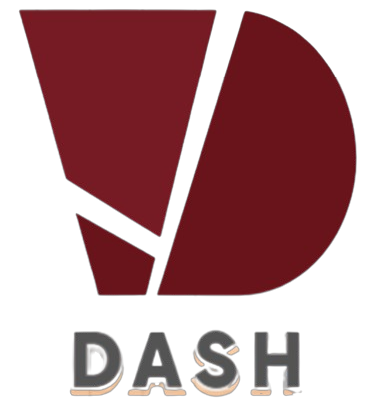One of the toughest (but most essential) skills you’ll need as a project or product manager is timeline negotiation — with your team and with your clients. You’re the bridge. And that bridge must be honest, strategic, and confident.
Sometimes clients want things done “as soon as possible.”
Sometimes your team says “we’ll try” when they haven’t even estimated the task.
You’re the one who ensures both sides are aligned — realistically.
This guide helps you:
- Ask the right questions before agreeing to a timeline
- Understand your team’s true capacity
- Push back respectfully when needed
- Create a safe system for managing deadlines
Why timeline negotiation matters
- Bad timeline negotiation leads to:
- Rushed or broken features
- Burnt-out developers
- Missed client trust
- Poor product decisions
- Good timeline negotiation leads to:
- Realistic delivery and better planning
- Higher client satisfaction
- Stronger team morale
- Smoother development flow
Starting with estimation
Before discussing timelines, get a proper estimate. Ask your team:
- “How long will this feature take if everything works perfectly?”
- “What are possible blockers or unknowns?”
- “Do you need anything before starting?”
Let the team estimate, then add buffer:
- If a feature is estimated at 5 days, plan for 7 – 10 days.
- If a module is 2 weeks, plan for 3 – 4 weeks.
Why? Because people underestimate. Unknowns always arise. This gives you room to adjust without looking unreliable.
Talking to clients
When a client says “Can this be done in 2 weeks?”. Don’t say yes immediately.
Instead, respond with something like:
- “Let me check in with the team and the current workload, and I’ll confirm what’s realistic.” Or:
- “We might need to break this into phases. I’ll work out what’s doable within your timeline.”
Once you’ve assessed things internally, give them a clear breakdown:
- ✅ What’s possible within the time
- 🔜 What can come shortly after
- 🛑 What isn’t realistic unless something shifts
This is where your execution plan and priority list help you speak confidently.
Pushing back respectfully
If a client insists on a tight deadline and it’s not feasible:
- Be honest: “To deliver the quality we stand by, this timeline is tight. We can either reduce scope or extend the timeline.” And guide the client to make the adjustment in reducing the agreed scope of work.
- Offer options:
- Break into phases (MVP now, full later)
- Deliver core first, refine post-launch
- Remove low-priority features
Negotiating with the team
If you’ve promised something to a client and the team seems overwhelmed:
- Explain the context: “The client expects XYZ in 2 weeks — is this possible with your current workload?”
- Ask: “What would you need to hit this timeline?”
- Be ready to shuffle priorities or bring in more help if needed.
You are not there to force the team — you’re there to negotiate between ideal and possible.
Templates you can use
- When checking with the team:
🟢 “We’re looking at a 3-week timeline for this feature. Based on your experience, do you think that’s realistic given your current tasks?” - When responding to the client:
🟢 “We’ve reviewed your request. We can deliver the login and onboarding flows by the 15th. The dashboard features would need an additional week.” - When pushing back:
🟡 “To meet that date, we’d need to limit the features to just the core functionality. Would that work for now?”
Practical tips
- Always document the agreed timeline — in writing (email, Slack, Jira)
- Add buffer to all team estimates
- Break work into sprints or phases
- Use tools (like your Google Sheet or Jira) to visualize capacity
- Speak with clarity and calmness — avoid panic or pressure
- Be honest if things slip, and renegotiate early
TL;DR
- Never promise timelines without reviewing with your team
- Use estimates + buffers to propose dates
- Be transparent with clients and offer options
- Push back respectfully when needed
- Plan in phases and document everything



